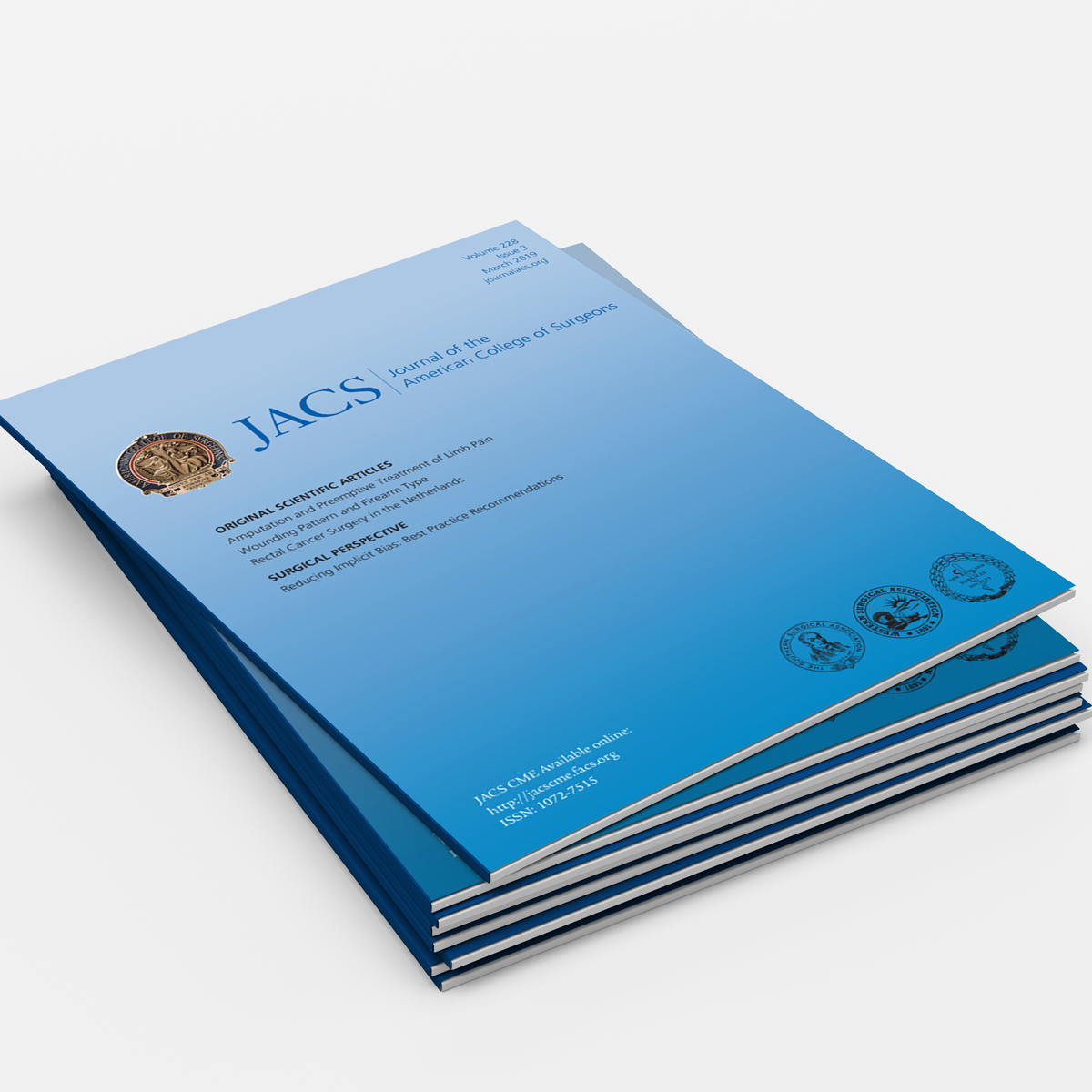Literature selections curated by Lewis Flint, MD, FACS, and reviewed by the Bulletin Brief editorial board.
This week’s selections look back at some of the most engaging, relevant scientific literature from 2021, featured previously in this Brief.
Multimodal Analgesia Is an Effective Pain Control Alternative to Opioids, Study Finds
Hamrick KL, Beyer CA, Lee JA, Cocanour CS, Duby JJ. Multimodal Analgesia and Opioid Use in Critically Ill Trauma Patients. J Am Coll Surg. 2019;228(5):769-775 e1.
This article presented results of a before-and-after study that evaluated the effects of a multimodal analgesia order set on opioid usage levels in trauma patients cared for in an intensive care unit. Opioid use and pain control effectiveness were measured using standard scales. The order set included nonsteroidal anti-inflammatory drugs, muscle relaxants, drugs targeting neuropathic pain, topical anesthetic patches, and local anesthetic injections. Total oral morphine equivalent was used to quantify opioid usage and was calculated for each 24-hour interval on post-injury days 2−5. Patients with significant brain injury or a history of narcotic use were excluded. The pre-protocol group contained 65 patients and the post-protocol group had 62 patients.
The analysis showed that pain scores for the two groups on each day, including day of hospital discharge, were equivalent. Opioid use was significantly lower for the post-protocol group; patients who received three or more alternative analgesic agents had the largest reduction in opioid use. The authors concluded that implementation of the protocol reduced opioid use without adversely affecting pain control.
Article Reports Pain and Dysfunction with Sexual Activity not Rare after Inguinal Hernia Repair
Ssentongo AE, Kwon EG, Zhou S, Ssentongo P, Soybel DI. Pain and Dysfunction with Sexual Activity after Inguinal Hernia Repair: Systematic Review and Meta-Analysis. J Am Coll Surg. 2020;230(2):237-250 e7.
This article reported a systematic review of the literature to determine rates of sexual dysfunction and pain with sexual activity (inability to complete intercourse and pain with erection/ejaculation) in patients who had undergone inguinal hernia repair using minimally invasive and open techniques. The review included data on nearly 5,000 patients reported in 12 studies; median follow up was 10.5 months.
New-onset sexual dysfunction was reported in 5.3% of patients and pain with sexual activity in 9%. The authors concluded that sexual dysfunction and pain during sexual activity are not rare complications of inguinal hernia repair. They recommended that these problems be discussed routinely during patient counseling sessions. Of note is the fact that many of the included studies were based on survey data that may include mostly responses from patients with symptoms and fewer responses from satisfied patients; this potentiality may contribute to bias in interpreting the frequency and severity of these complications. Nonetheless, these data support including these possibilities in discussions with patients.
Randomized Clinical Trial Data Suggests Efficacy, QoL Superior in Surgical Treatment of Acute Appendicitis versus Antibiotic-only
O'Leary DP, Walsh SM, Bolger J, et al. A Randomized Clinical Trial Evaluating the Efficacy and Quality of Life of Antibiotic-only Treatment of Acute Uncomplicated Appendicitis: Results of the COMMA Trial. Ann Surg. 2021;274(2):240-247.
O’Leary and coauthors reported results of a randomized trial comparing recurrence rates and quality of life (QoL) scores in patients treated for acute appendicitis with antibiotics only or with appendectomy. The study cohort consisted of 186 patients, with 93 patients assigned to each group. Follow-up data out to 1 year were available for 89 patients in the surgery group and 91 patients in the antibiotic-only group. The data analysis showed that recurrence of symptoms requiring delayed appendectomy occurred in 25.3% of the antibiotic treatment group. QoL scores at 3 months and at 1 year after randomization were significantly higher in the surgery group. The authors concluded that these data support the superiority of immediate appendectomy and that surgeons should make sure that patients are aware of this evidence.
The study and the conclusions are potentially important but should be interpreted cautiously because of the small sample size and the fact that average QoL scores in both groups were close to values interpreted as “normal health status” in population-based studies of QoL in subjects within the age range of patients included in this study. Thus, it is possible that a proportion of the antibiotic-only group may have had “normal” health status and that a proportion of the surgery group may have had below normal health status. Additional research that includes patient-reported outcomes, such as satisfaction with the chosen treatment, would be helpful to surgeons who are explaining management options to patients.









